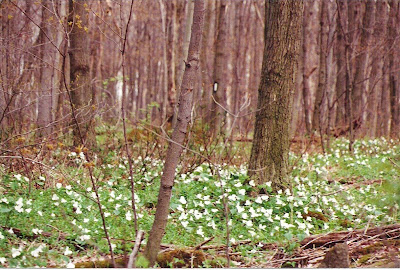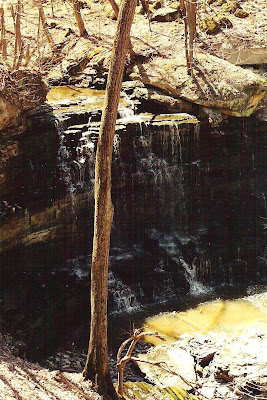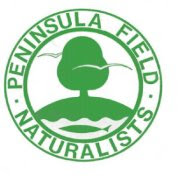 It was worth a try on such a beautiful day. Before leaving the trail, we observed a very vocal Belted Kingfisher flying high above the area. The most interesting find on the Green Ribbon Trail was our first butterfly of the year, a Mourning Cloak, flying along and eventually landing in front of us on the paved trail.
It was worth a try on such a beautiful day. Before leaving the trail, we observed a very vocal Belted Kingfisher flying high above the area. The most interesting find on the Green Ribbon Trail was our first butterfly of the year, a Mourning Cloak, flying along and eventually landing in front of us on the paved trail. Mourning Cloaks, Louth Conservation Area, Spring 2001



We encountered two species of butterfly while hiking the trail. A Mourning Cloak and then a Comma. While browsing the web for information on the butterflies I came across this excellent Government of Canada site, Canadian Biodiversity Information Facility. I also flipped through photo albums when we got home and found images of both species of butterfly from a spring visit to Louth Conservation Area in 2001.

Eastern Comma, Louth Conservation Area, Spring 2001
We will return to the conservation area during the months of April and May so we can observe Trout Lily, Jack-in-the-Pulpit, Trilliums, Dutchman's Breeches, and more Hepatica. Quite the variety along the Bruce Trail.
Returning home, we travelled along 5th Avenue to see what avian species could be found. As mentioned in previous posts, we have had some great finds on this stretch of rural road. Killdeer and Horned Lark were observed and with the car windows down I heard a song different from the Horned Lark's as we approached the vineyard. The bird responsible for the drzzt call flew across the road and Jean was first to identify it as an Eastern Meadowlark (#75). A second Eastern Meadowlark was found in the corn field just passed the vineyard. We had great views of the bird as it rested on a corn stalk, alternating between its see-you, see-yeer song and the buzzy drzzt call. Happy that I had ticked two species for the year list, we continued on our way home.
Based on our previous observations along the Green Ribbon Trail, there is still plenty of time to add Fox Sparrow to the year list and I'm confident that we'll find them on the same path. I'll keep you posted on our progress.








No comments:
Post a Comment